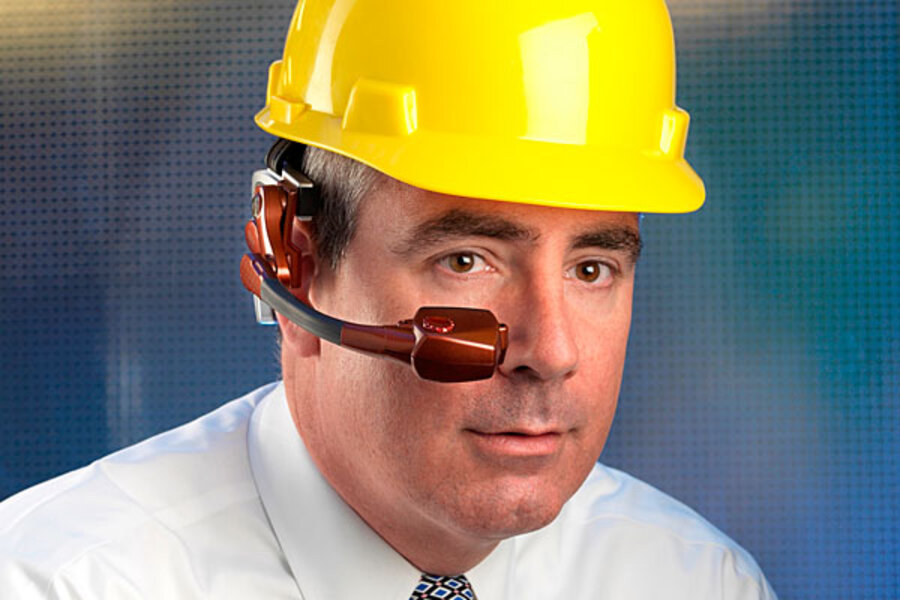Night vision has changed the dynamics of how US soldiers fight by taking small bits of light and amplifying them. The next generation of night-vision goggles incorporates the ability to see heat signatures in the sights of the goggles.
This, in turn, will give soldiers brand-new abilities – cars or trucks that are hot from being recently driven, for example. This might be helpful information during a foot patrol in the middle of the night, tipping off troops to unusual activity, says Maj. Clif Sawyer, assistant product manager of the Army’s Soldier Enhanced Vision program.
People also give off heat signatures, so if a person’s heat signature is higher than usual, this could be a clue that they are “wearing something big and clunky under their clothes – you know, wearing a bomb,” adds Major Sawyer.
The thermal night-vision goggles also allow soldiers to see people though camouflage – people who would not normally be visible either with the naked eye or through traditional night-vision goggles. That’s because the heat signatures they give off can be seen through, say, leaves or heavy foliage.
There are thousands of TNVGs already in the hands of troops in Afghanistan, and Pentagon officials hope to field still more in the months to come. “These increase the ability to detect enemies in degraded environments and increase survivability,” says Sawyer. “We are getting very positive feedback.”






